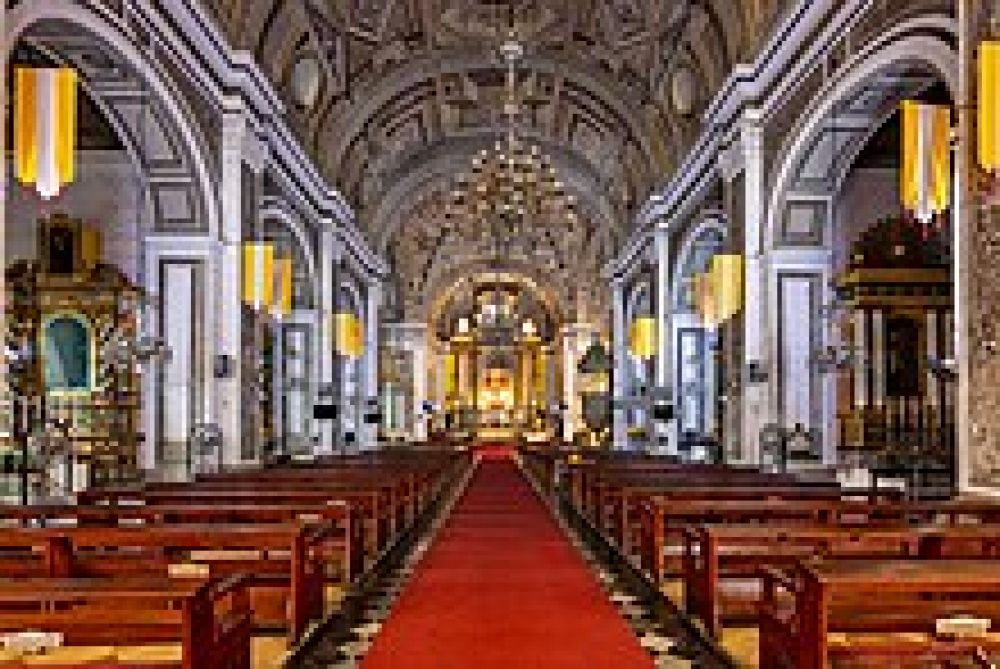

The rich history of tourism surrounding the San Agustin Church in Manila, Philippines, is intertwined with the nation’s colonial past and religious heritage. Established in 1571, the church is one of the oldest stone churches in the country and a significant landmark in the historic district of Intramuros.
Tourism at San Agustin Church gained momentum in the late 19th and early 20th centuries when the Philippines opened up to international visitors. As part of the Manila experience, the church was a must-visit for those interested in Spanish architecture, Philippine history, and Catholicism’s influence in the archipelago.
The destruction brought by World War II severely affected Intramuros and its historic structures, including San Agustin Church. In the post-war rebuilding efforts, the church was restored, preserving its baroque architecture. It then regained its status as a major tourist attraction, symbolizing resilience and continuity.
In 1993, San Agustin Church was inscribed as part of the Baroque Churches of the Philippines on the UNESCO World Heritage List. This recognition significantly boosted its prominence in the global tourism scene, attracting history buffs, architecture enthusiasts, and religious pilgrims from around the world.
In recent years, there has been a shift towards experiential and cultural tourism. Visitors are interested not only in the church's architecture but also in understanding its role in Filipino culture and history. Interactive tours, cultural performances, and religious events are part of the holistic experience offered to tourists.
Moreover, with the rise of social media, San Agustin Church has become a photogenic spot for travelers. Photography tours and workshops often include the church as an essential stop to capture its stunning interior, which boasts intricate frescoes and ornate chandelists.
With the increased popularity of San Agustin Church as a tourist destination, there are ongoing efforts to balance visitor numbers with conservation needs. Responsible tourism practices are encouraged, and visitors are often reminded of the importance of respecting the sacred nature of the site.
The church continues to be an active place of worship, and as such, maintains a strong connection with the local community. This connection allows for a vibrant living heritage that tourists can witness, especially during traditional Filipino religious celebrations like weddings, baptisms, and the renowned Christmas Simbang Gabi.
Today, San Agustin Church is not only a testament to the Philippines' colonial past but also a beacon of its rich cultural tapestry. As tourism trends evolve, the church adapts, ensuring that it remains a cherished destination for those seeking to delve into the historical and spiritual soul of Manila.